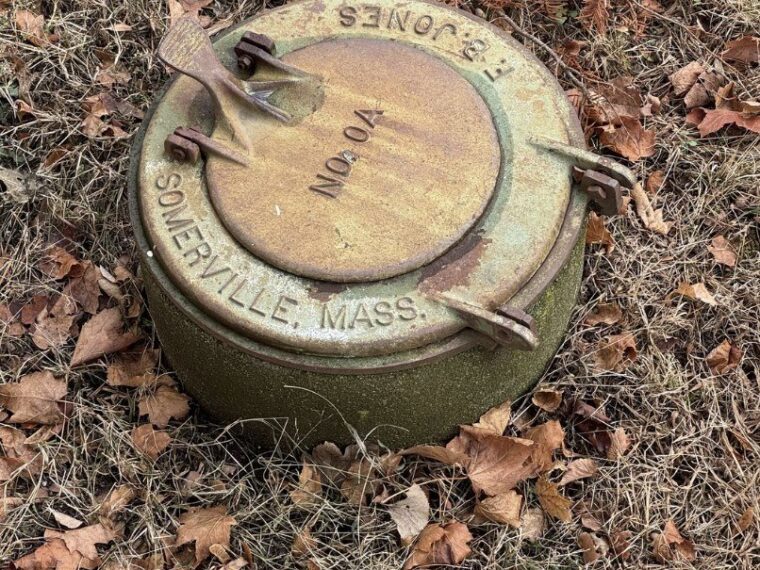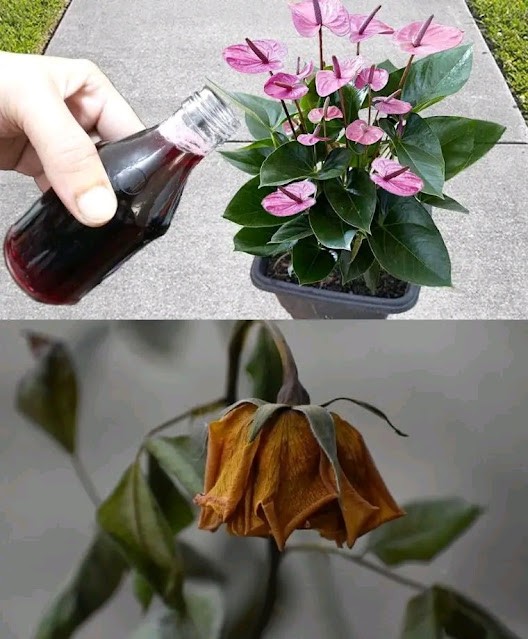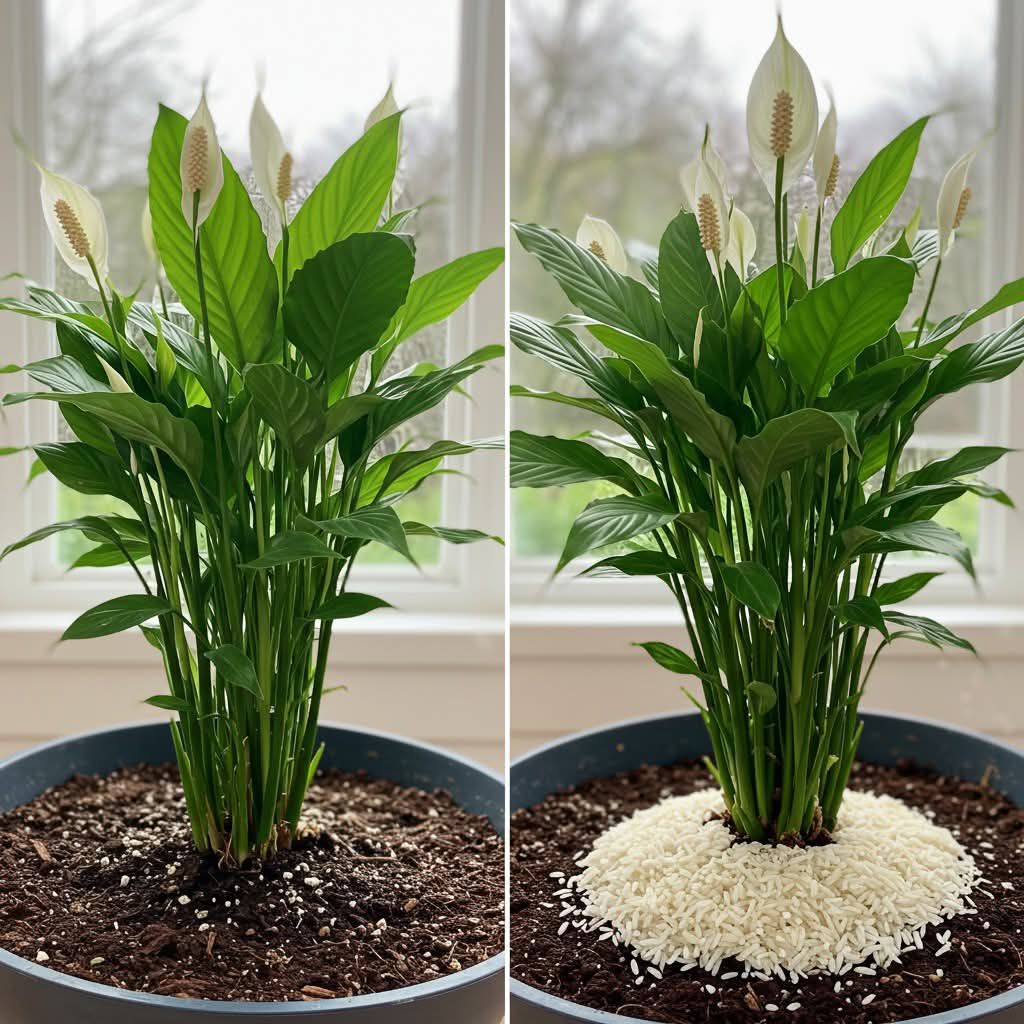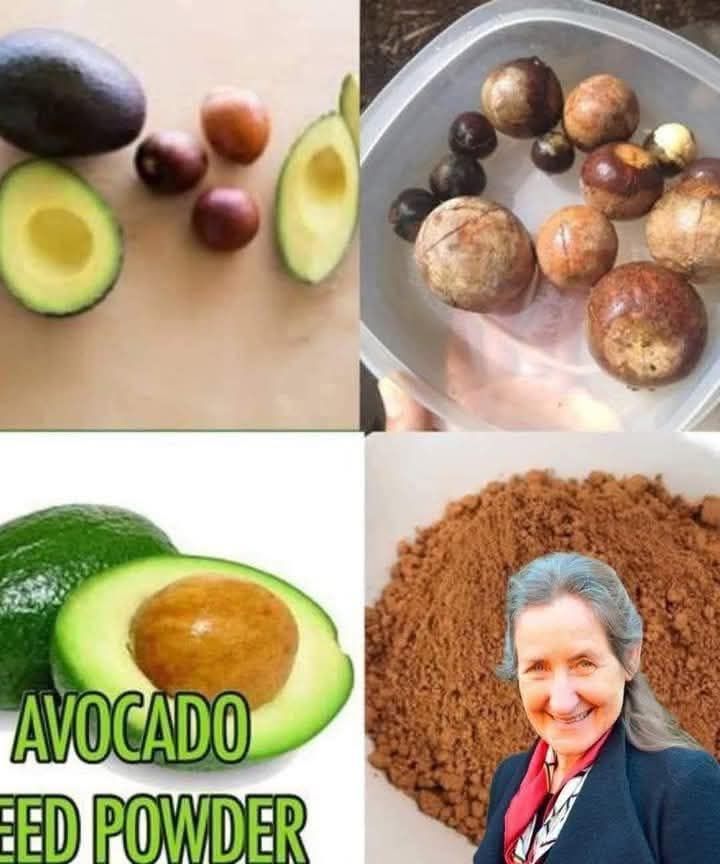“You have to come over and see this thing in my backyard. It’s something you wouldn’t expect to find, and it’s quite fascinating. Imagine discovering old underground garbage cans that were once used decades ago,” my friend Mike told me, his voice bubbling with curiosity.
That’s how the call began weeks ago — a simple invitation that led to an unexpectedly nostalgic dive into a quirky slice of American history.
🛠️ Not a Bomb Shelter After All
Mike had stumbled across something strange — a rusted, solid metal hatch beneath a mat of leaves and pine needles in his backyard. His first thought was bold and dramatic: “I think I just discovered an underground bombing shelter.”
Naturally, I hustled over, camera and curiosity in tow.
The hatch was thick and stamped with the words “Somerville, Mass.” Whatever it was, it had been buried deep for a very long time. We circled it like detectives at a dig site. Could it be an old water tank? A storm drain? A forgotten utility vault?
But after a little online sleuthing, we cracked the case.
It was, in fact, one of New England’s long-lost, now-almost-legendary underground garbage cans — an invention that blended simple engineering with everyday practicality. And just like that, we were hooked.
🗑️ Life Before Curbside Pickup: The Era of the Buried Trash Can
Let’s go back to the mid-1900s. A time before standardized bins with hinged lids and built-in wheels. Before trash trucks had robotic arms and barcode scanners.
Back then, garbage was a bit more… manual.
You had your standard metal cans — clunky, rust-prone, often knocked over by the wind or raccoons, and definitely an eyesore. But in cities like Somerville, Cambridge, and parts of Connecticut and Rhode Island, people came up with an oddly elegant solution: bury the can.
Imagine a small, steel-lined cavity in the ground with a fitted lid — kind of like a tiny basement for your trash. The top of the can remained exposed for the collectors to lift, but the rest of it was sunken, shielded, and safe from scavengers.
Smart, right?
Collectors on trash day would pop open the lid, lift the can out by its handles, empty it into the truck, and drop it back into its snug underground home.
🧓🏼 “Just Part of the Yard”
When I asked my neighbor Sharon about it, her face lit up with recognition.
“Oh sure, I remember those,” she said. “My dad showed me how to open it when I was little. It was just a piece of the yard, like the hose or the garden bench. No big deal back then.”
And that’s the funny part — what was once completely ordinary is now borderline archaeological. Like stumbling on an artifact you didn’t even realize was part of history.
These underground cans weren’t flashy. They didn’t demand attention. But for decades, they were quietly doing their job — in winter snowstorms, during summer heatwaves, day in and day out.
📉 Why Did They Disappear?
So, if they were so great, what happened?
By the 1970s, times were changing. Municipal sanitation programs had evolved. Standardized plastic bins entered the scene — lightweight, wheeled, easier to move and mass-produce. Trash collection itself got more streamlined. The old ways started to feel… outdated.
And the underground cans? They had a few fatal flaws:
- Rust: Time and weather weren’t kind to those old lids and metal linings.
- Water Pooling: Without proper seals, rainwater collected at the bottom, turning the trash pit into a breeding ground for mosquitoes.
- Winter Woes: New England winters froze the lids shut — not ideal when your trash is locked in ice.
- Hard Maintenance: Fixing or replacing the cans required digging them up — something most homeowners weren’t eager to do.
So slowly but surely, these subterranean trash bins were forgotten. Some were sealed. Others were filled in or simply left to rust quietly under years of yard debris.
🧭 Buried Treasure in the Backyard
Discovering one today is like uncovering a time capsule — a steel reminder of a slower, simpler time when utility and ingenuity went hand-in-hand.
Some are stamped with phrases like “Cambridge Sanitation Department” or even names — likely fabricators or installation services that no longer exist. And while many have rusted beyond repair, others remain surprisingly intact.
Mike’s backyard lid, for instance, still opened with a satisfying metallic creak. Inside was the skeletal remains of a trash can — oxidized but undeniably recognizable.
“It’s like finding your own little piece of history,” he said.
🌻 Creative Second Lives
Despite their humble origins, these old garbage wells are getting some surprising makeovers.
One neighbor told me she turned hers into a planter box — a perfect spot for shallow-root herbs like thyme and mint. “The drainage is weirdly perfect,” she said with a laugh.
Another friend from Worcester retrofitted his into a cooler for backyard parties. “You line it with ice, pop the beers in, and it’s golden,” he said, lifting the lid with pride.
These transformations give a second life to what was once a purely functional (and let’s be honest, slightly gross) feature. It’s repurposing at its finest — from trash stash to party hack.
🧱 A Testament to Old-School Practicality
There’s something quietly charming about these relics. They weren’t trying to be sleek or stylish. They weren’t built for aesthetics. They were built to work — to survive New England’s punishing elements and make life just a little bit easier.
They weren’t made of plastic, or designed for mass production. They were heavy, handmade, and built to last — at least for a while.
And yet, because they weren’t sexy or high-tech, they’ve mostly vanished without fanfare, relegated to obscure corners of local history.
🧭 Rediscovering the Ordinary
This whole experience made me rethink how we define history. It’s not just battlefields and monuments. Sometimes, history is buried — literally — in your backyard. Sometimes, it’s the rusted lid no one’s noticed in decades.
What’s incredible is how many of these things are probably still out there, hidden beneath moss, mulch, or a layer of last year’s leaves. Just waiting to be found.
Next time you’re walking through your yard or cleaning up your garden beds, look closely. That odd circle of metal? That slightly sunken square of ground? It could be the top of a forgotten trash well — a subtle doorway to a different time.
🌎 Lessons from the Ground Up
In an age obsessed with sleek gadgets and digital convenience, there’s something refreshing about stumbling onto old-world solutions that were simple, smart, and made with purpose.
These underground trash cans might not belong in museums, but they deserve to be remembered. They’re part of the living history of a place — silent symbols of how people solved problems before we had smart bins and barcode-scanning trucks.
They’re relics, yes, but also reminders.
That beneath the surface of everyday life — quite literally — there’s often more going on than meets the eye.
🔍 Final Thoughts
So the next time you see a rusty hatch in someone’s yard, don’t just step over it. Stop. Look closer. Ask about it.
It could be a mosquito trap. It could be an old septic cover.
But it might just be a secret beer stash. Or a mini herb garden. Or an underground trash can from the 1950s, quietly holding onto the memory of a different kind of neighborhood rhythm.
One man’s trash, as they say…
…is another man’s backyard archaeology.





